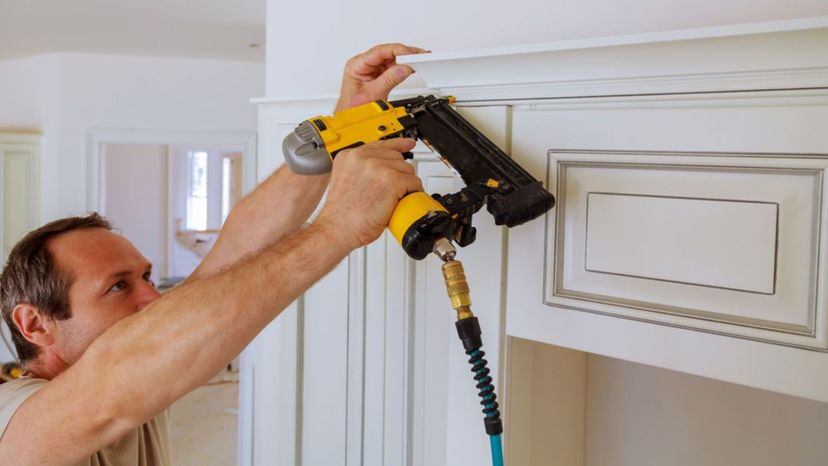
About This Quiz
History and literature are full of famous carpenters, from Jesus Christ himself to Gepetto, the creator of Pinnochio. Carpentry is a skill as old as civilization, from the first time a cavewoman looked around at the trees near her cave and decided that they would make a better house than a natural fissure in the rock.
Even nowadays, when carpentry is an industrial scale industry, and many of the basic tasks within it are automated, it is still considered quite a talent to be able to work with your hands and fashion wood into furnishings, shelter, and artwork.
There are many specialties within carpentry, from joinery to cabinetry to parquet to inlay to finishing. Each of them belongs to a part of the process of creating out of wood, and has its own knowledge set and skills - but no matter how particular they get, they also have certain elements of the trade in common.
For example, any carpenter worth their salt knows how to measure correctly, how to identify certain woods, how to adjust their tools and their technique to the materials available, and how to use specific tools like a lathe, a saw, a vice, and so on. So let's see how familiar you are with the basics!
Advertisement
Advertisement
Advertisement
Advertisement
Advertisement
Advertisement
Advertisement
Advertisement
Advertisement
Advertisement
Advertisement
Advertisement
Advertisement
Advertisement
Advertisement
Advertisement
Advertisement
Advertisement
Advertisement
Advertisement
Advertisement
Advertisement
Advertisement
Advertisement
Advertisement
Advertisement
Advertisement
Advertisement
Advertisement
Advertisement